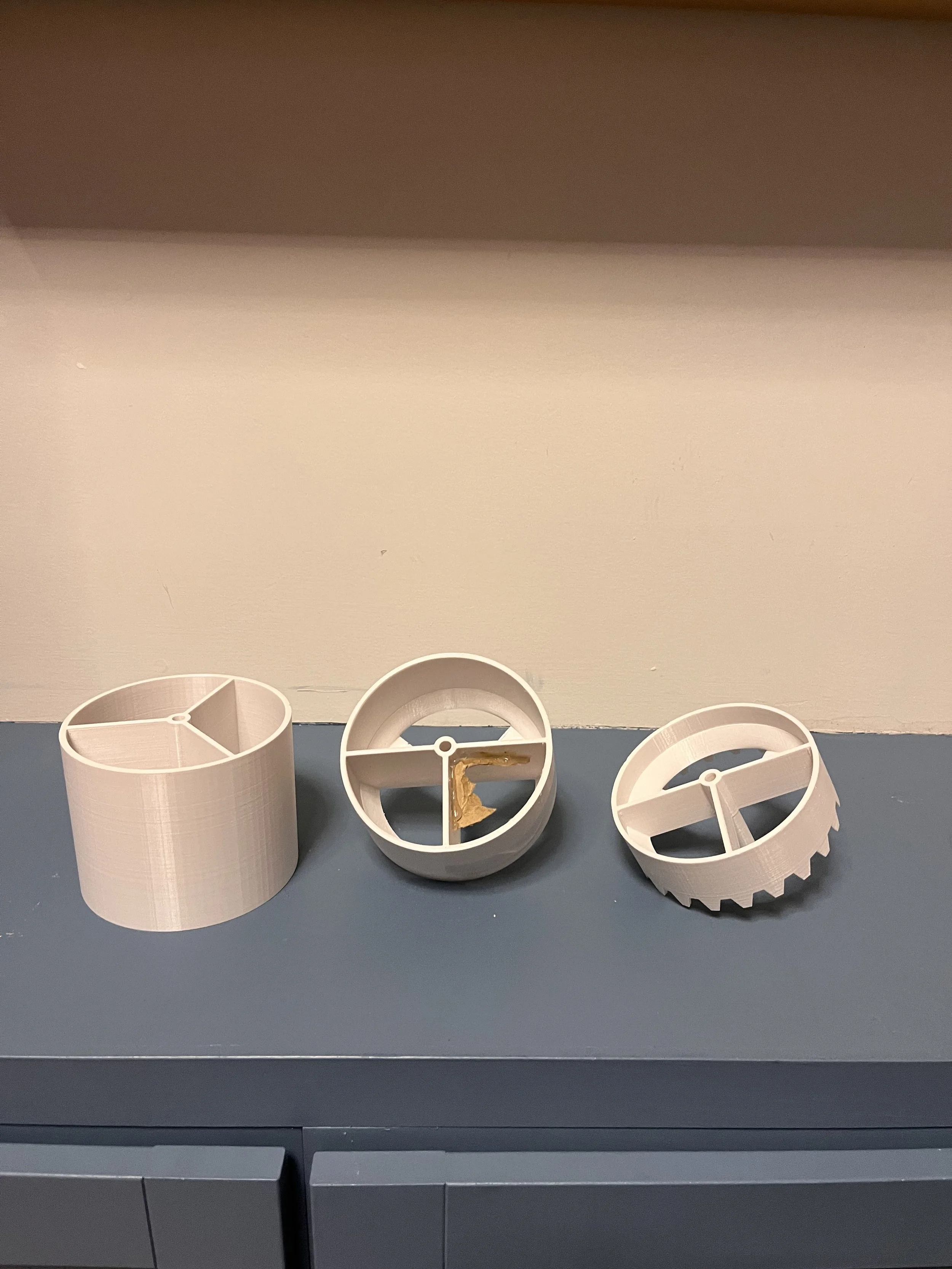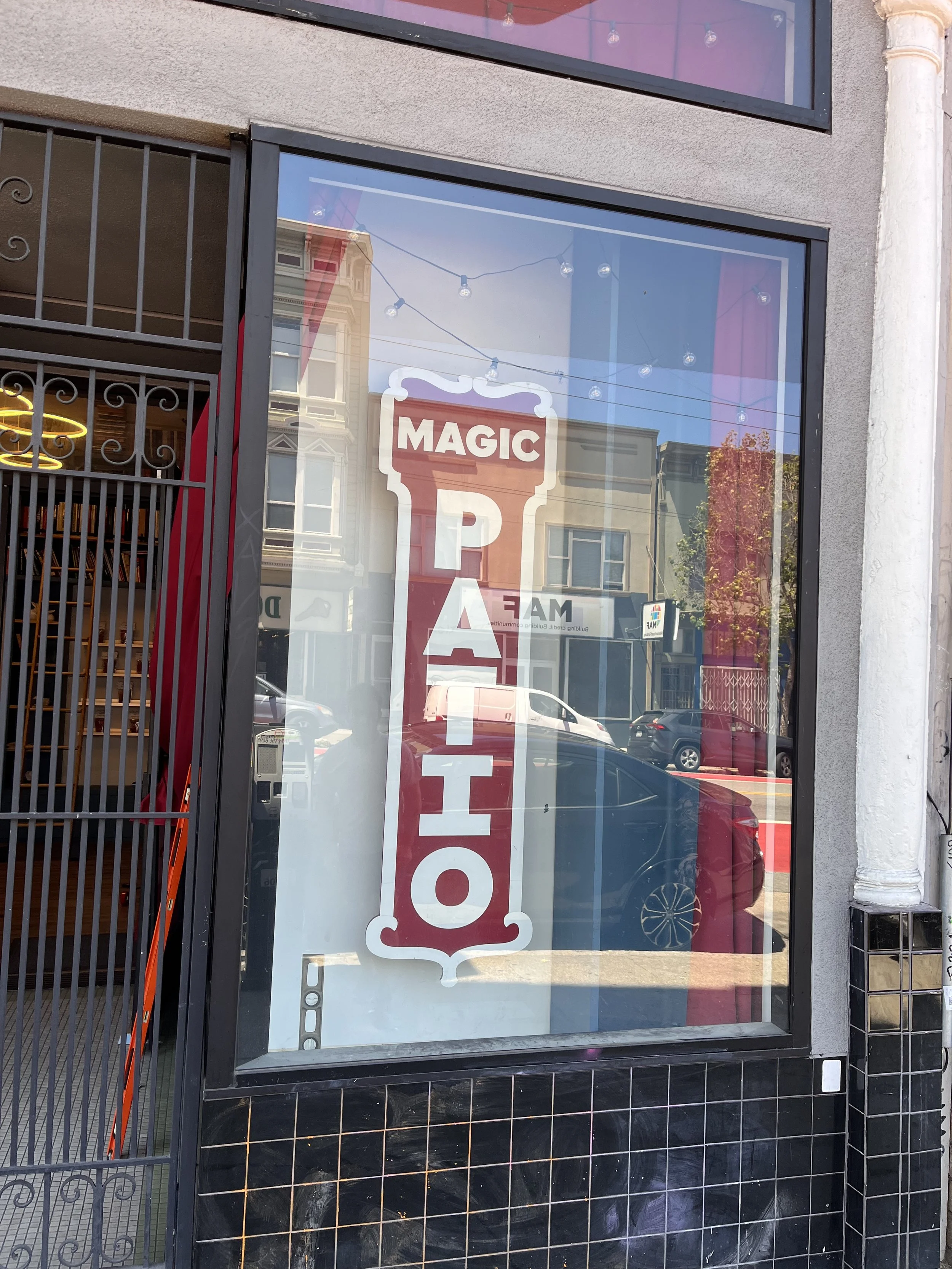Magic Gumball Machine
Worked for a magician for 5 weeks at his theatre, The Magic Patio, designing objects and the audience experience.
Overview
Included
Prototyping with CAD, using specific dimensions and tolerances.
designing actions and experiences rather than products.
More
Many of the tricks that this magician performs involves props, so a large part of my role was helping him design and build props. It was interesting to utilize design thinking when creating these tricks. We were always thinking about how the audience (user) would perceive what we presented, down to the smallest details. Throughout the process we would iterate on the new trick as I sat in the audience giving user feedback. I can’t discuss specifics about those projects. I am bound by the magician’s code (that one must never reveal their secrets) and therefore am sworn to secrecy . I shall take it to the grave. However, I can discuss some of the other projects I worked on during my time at The Magic Patio.
Candy Machine
The Magic Patio is a hidden speak-easy with the front of the theatre disguised to look like an innocent candy shop. I designed a magic gumball machine for the entrance.
I took the product from initial ideation to proof of concept using CAD, 3D printing prototypes for testing. I started with an empty candy machine and thought of ways to manipulate it to make it playful and exciting, reviving an object that has lost public interest. The chosen idea was to make it seem like the machine was changing the color of the candies it was dispensing. First the machine would dispense a mix of all the colors, as expected, but then the user could pick their favorite color, and the next time they turned the handle it would only dispense that one color, as if by magic!
For this trick to work, the dimensions of the details in the mechanism needed to be very specific. There needed to be a precise number of candies that came out or else it would not work at all. It took many iterations to fine tune it and get the optimum functioning of the mechanism. The iterations are shown to the left, what isn’t pictured is the way we would use a mirror to hide the switching-color-mechanism, and fill the top with colored candies, so it would appear as if the whole machine was simply full with colorful candy.
Window Display
I also built a front window display in order to make it a more welcoming arrival for audience members, a piece of design to pull them into the space. I had not previously done large scale projects with wood so found it very interesting to learn about ensuring structures are sound and safe when building heavy fixtures. Using 2in x 4in lumber and plywood I cut and drilled the wood to create the display in the window.






